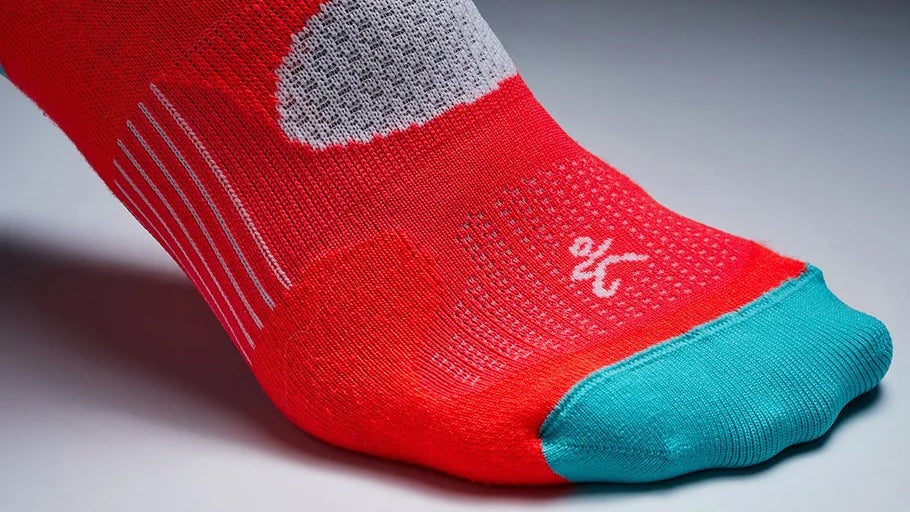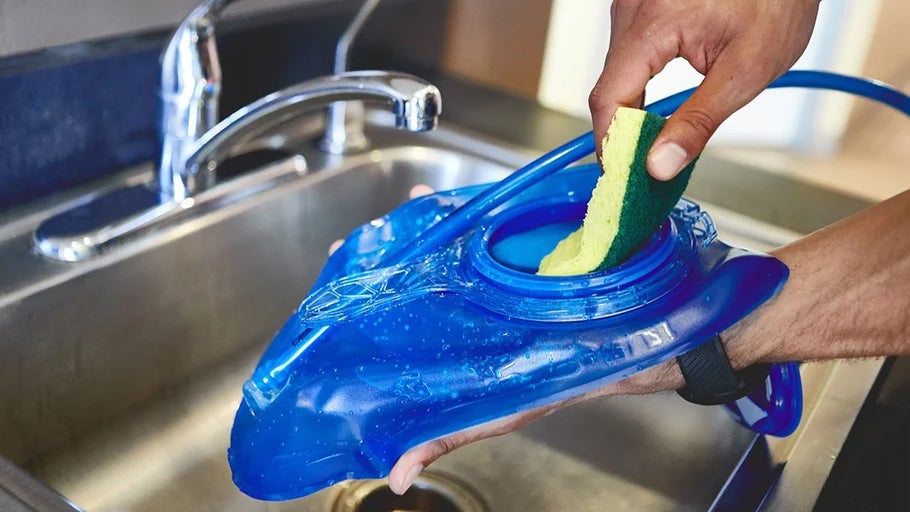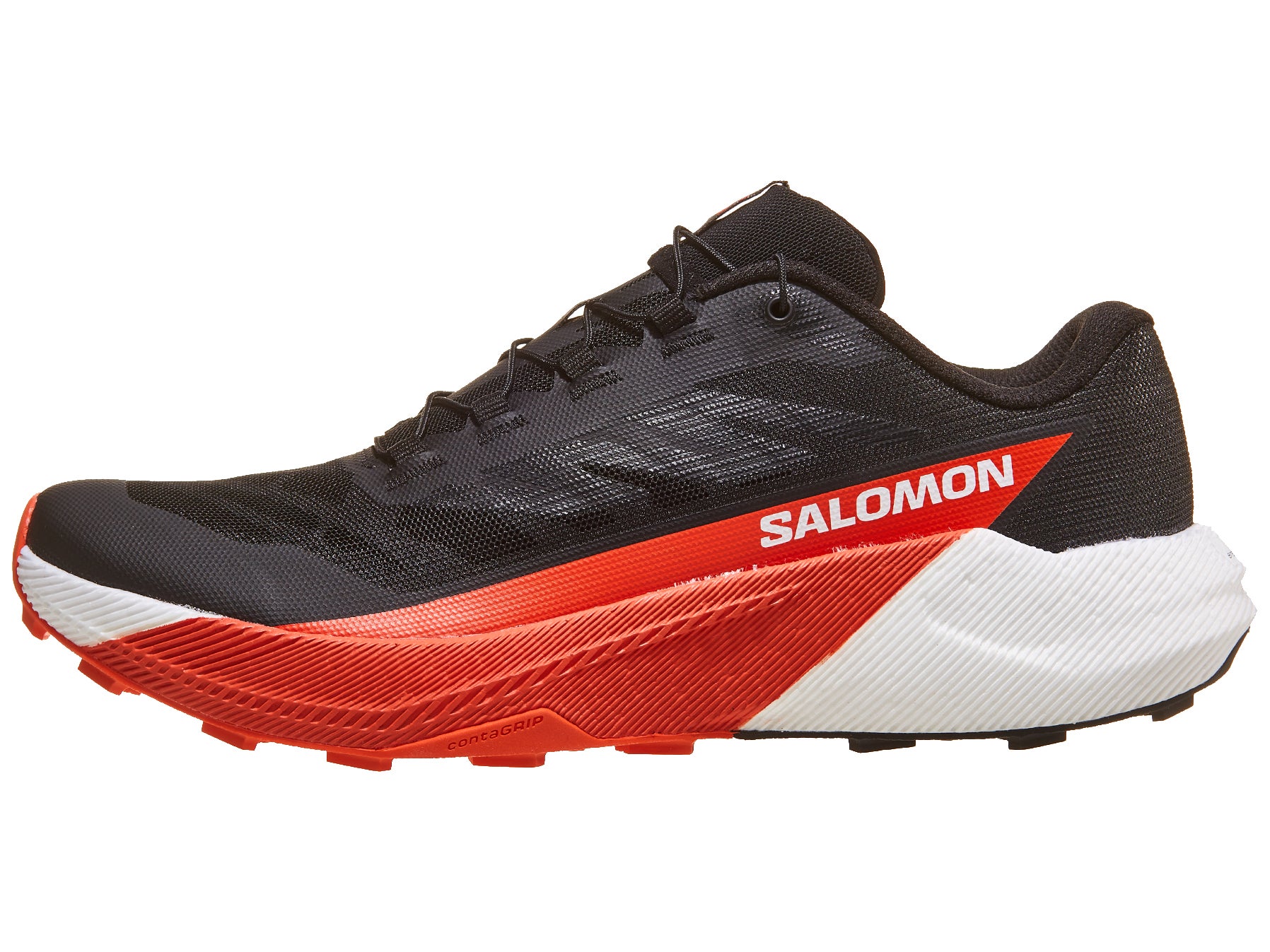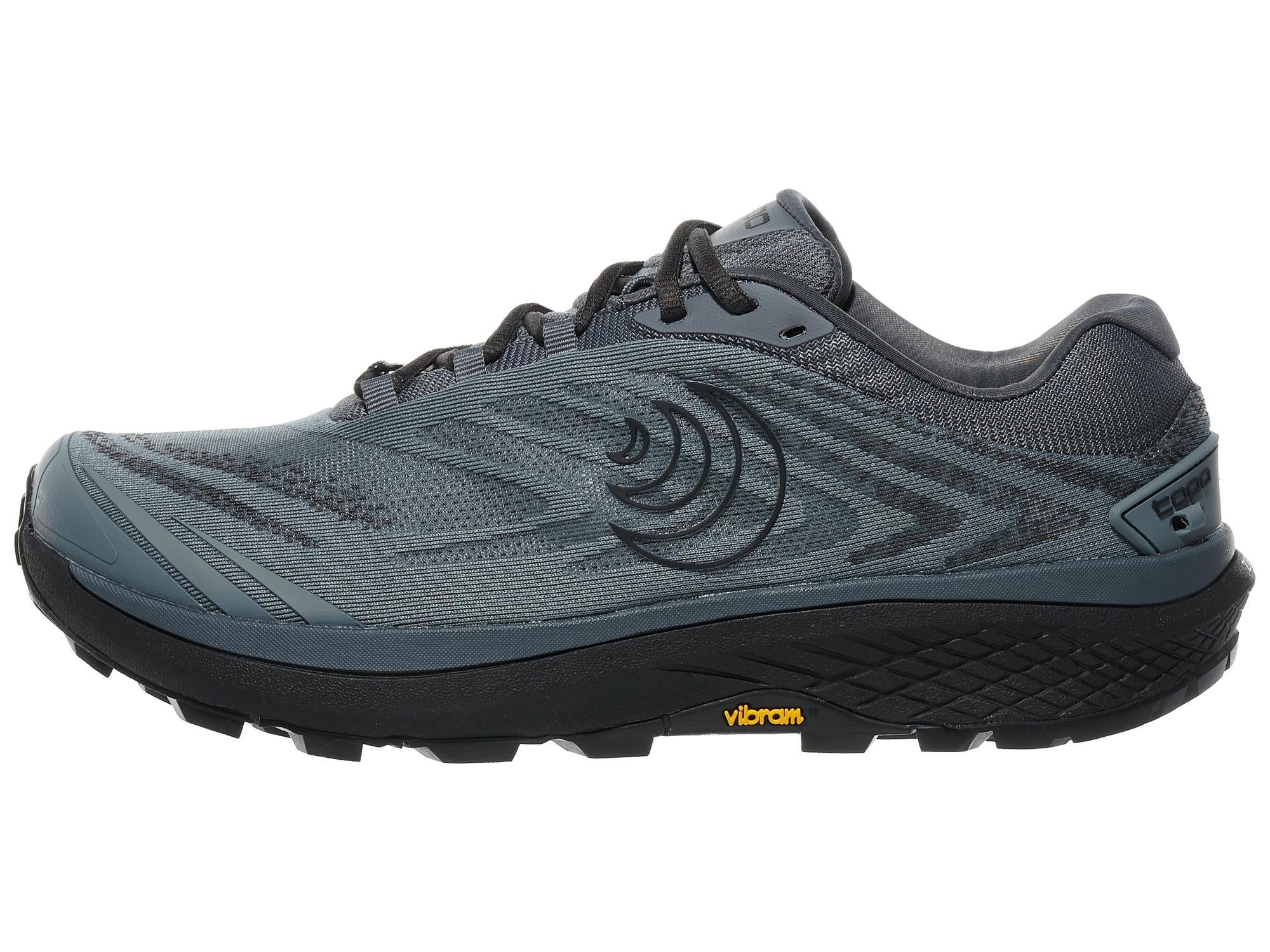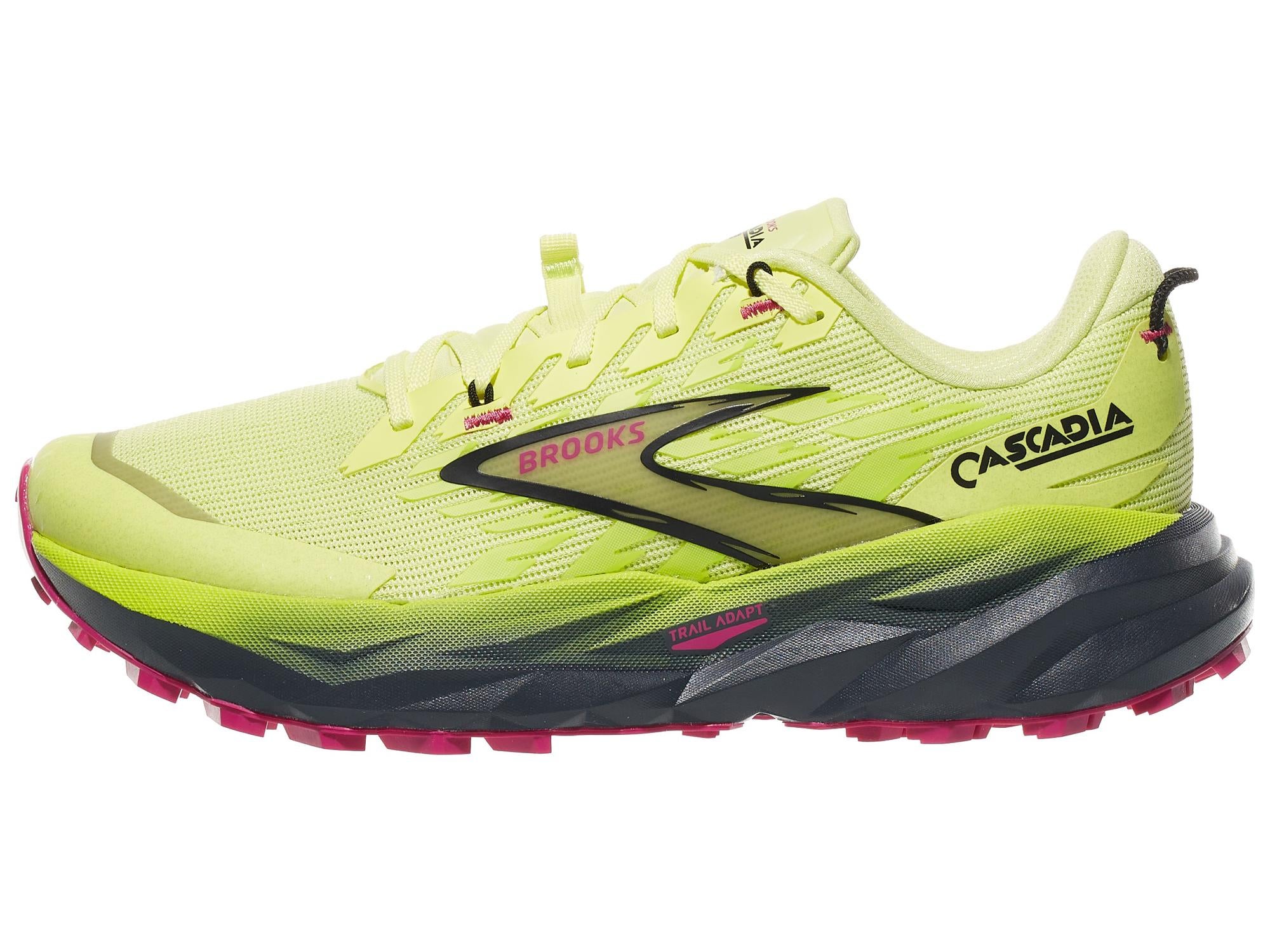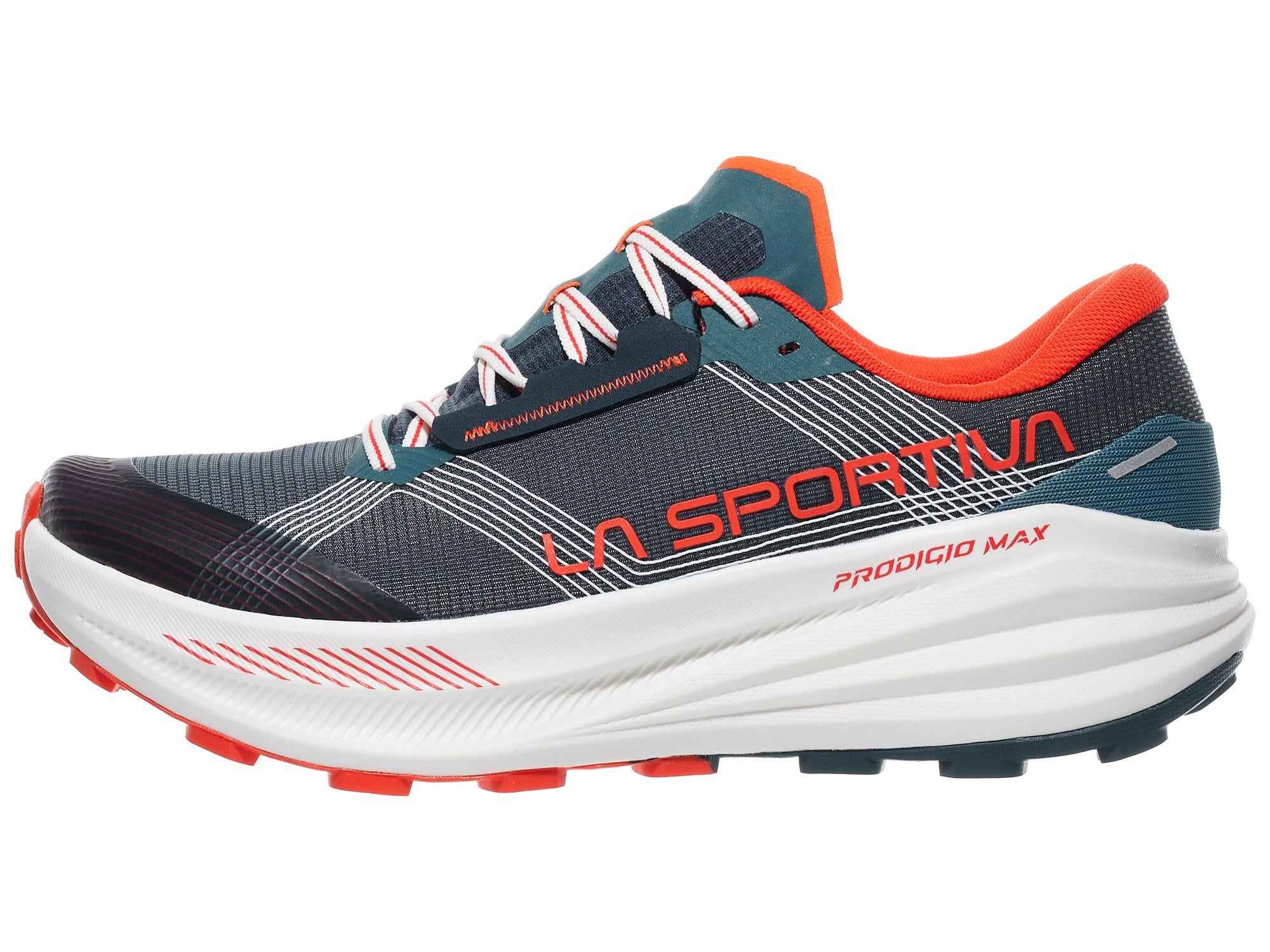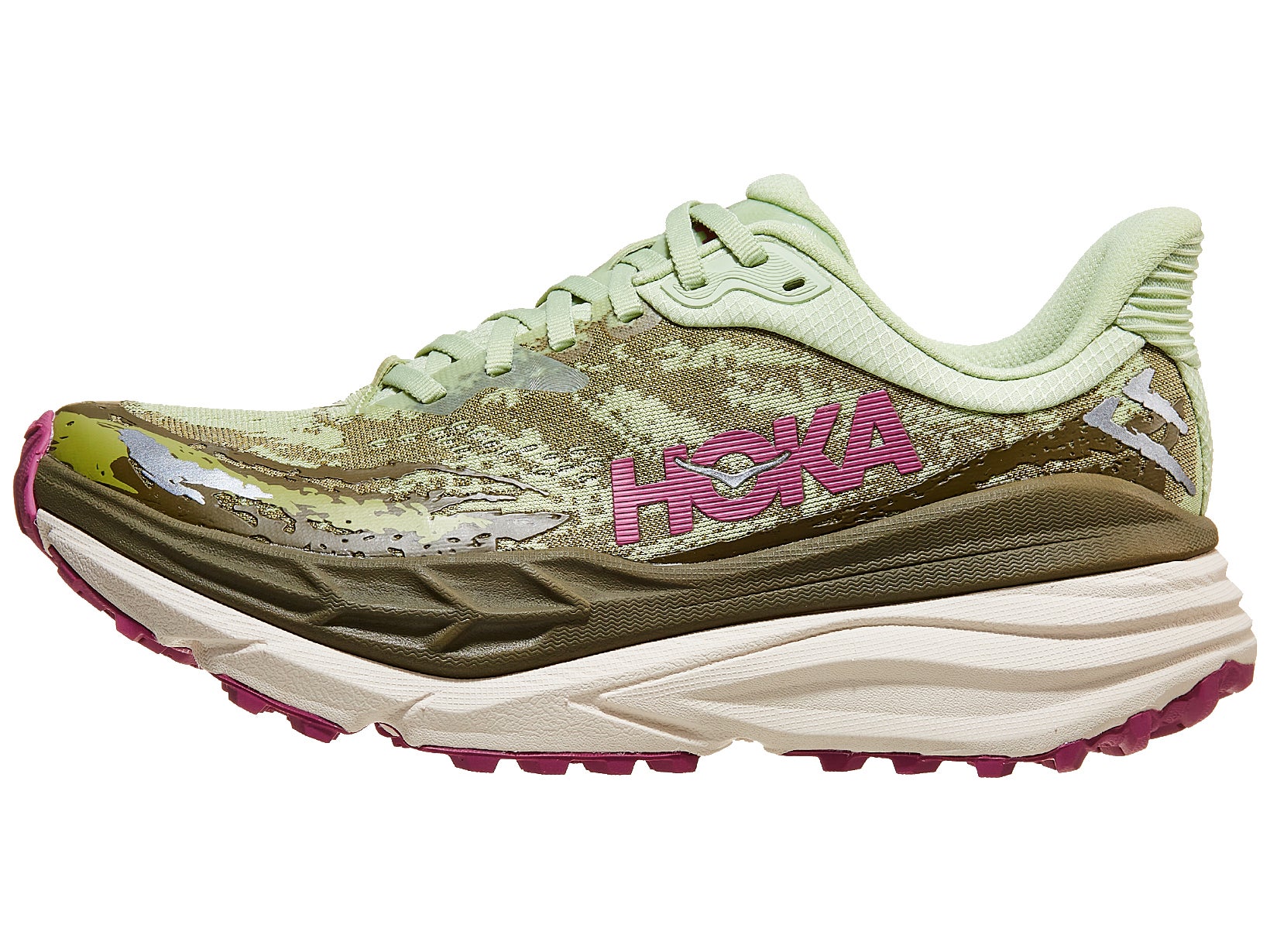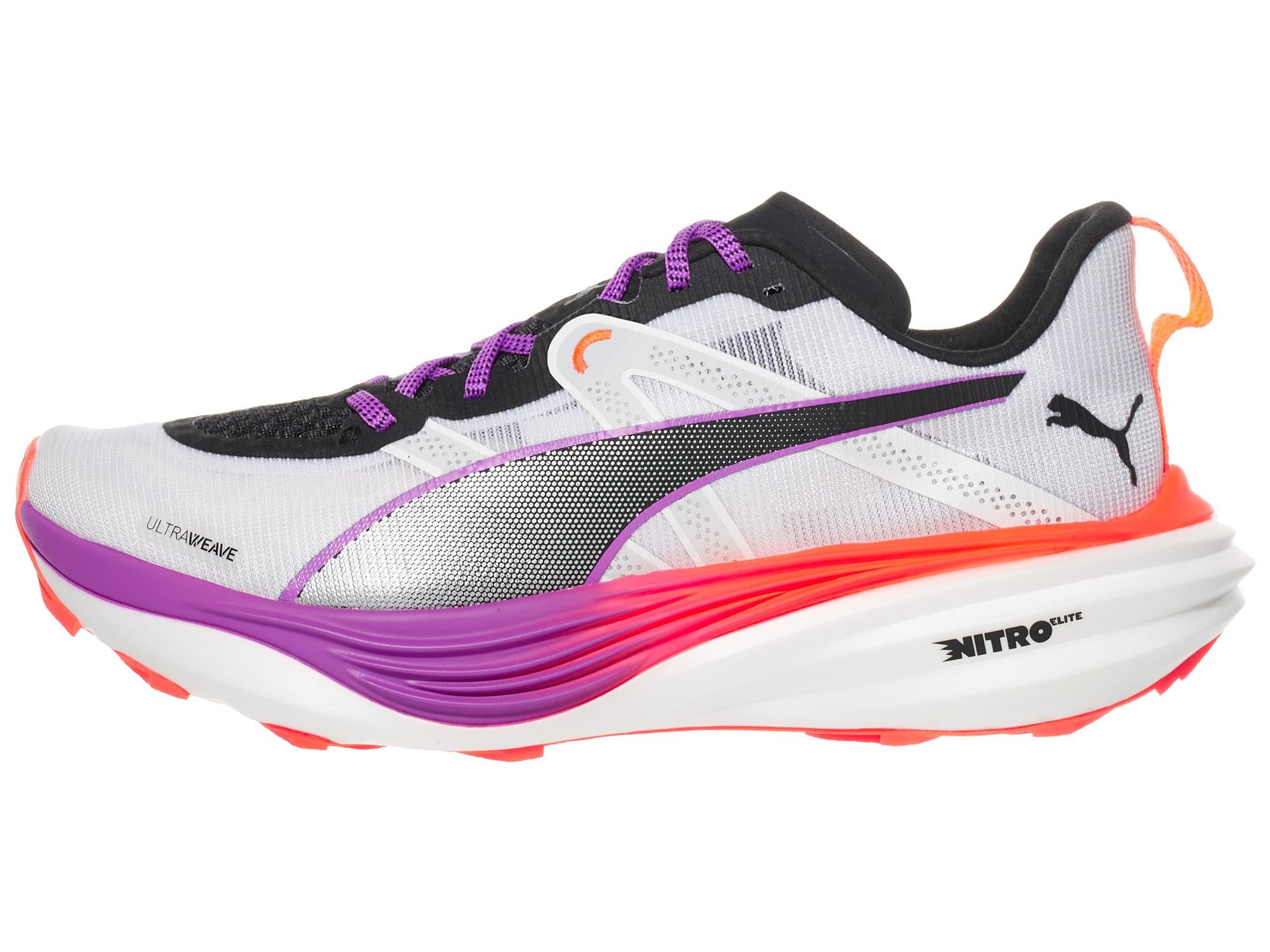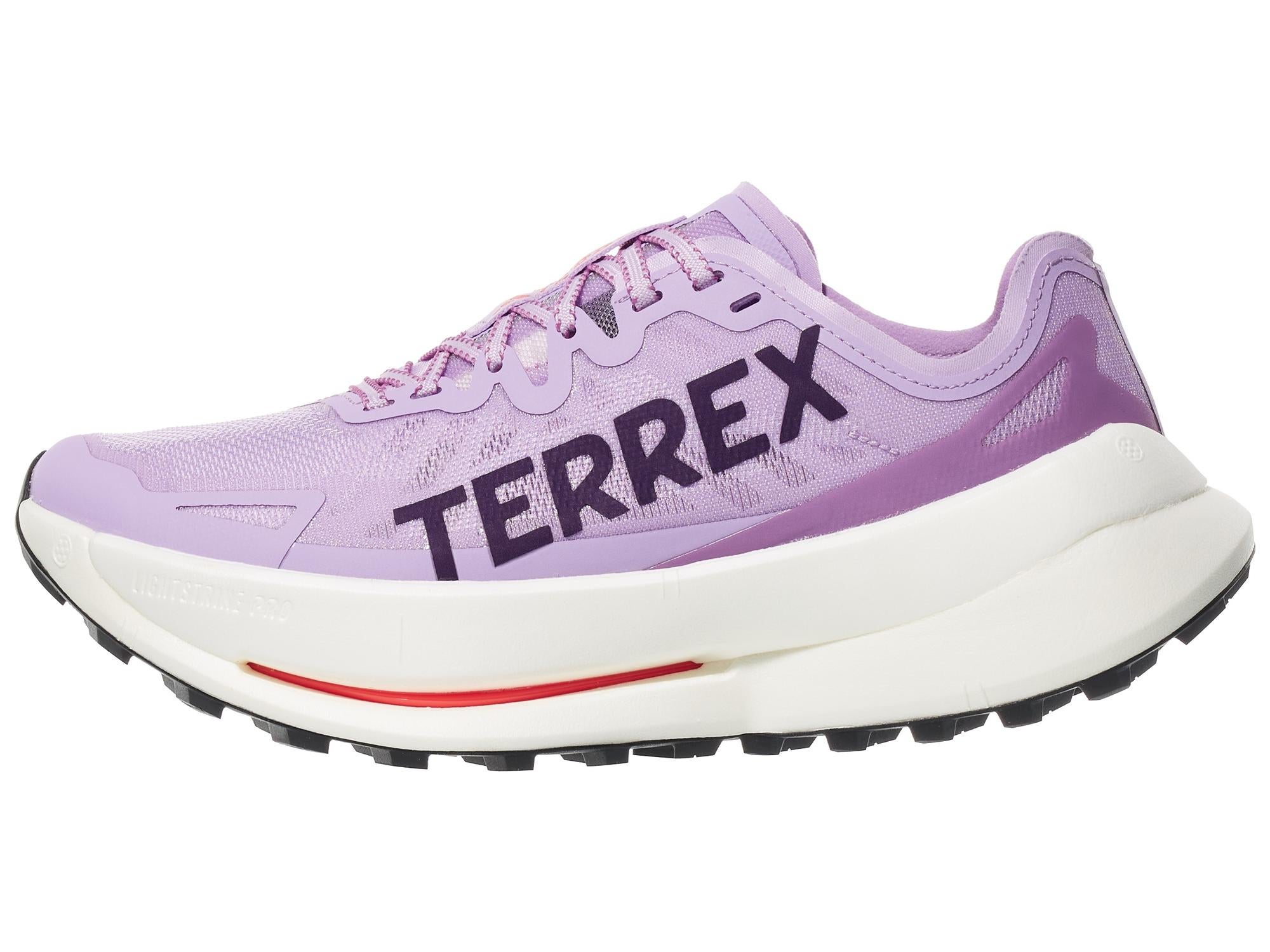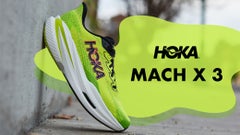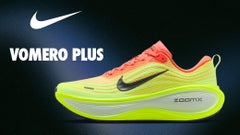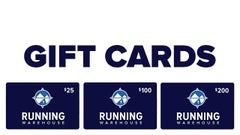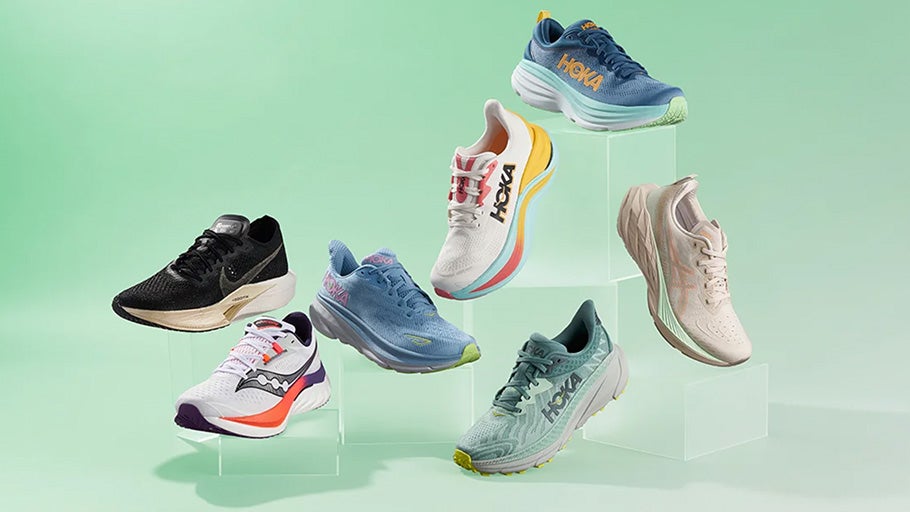
What are Trail Running Shoes?
Okay, so you’re trail-curious. Maybe you’ve seen your friends disappearing into the woods on Saturday mornings, or maybe you’re just tired of running the same old loops on the road. Either way, you’ve realized you might need a different kind of shoe for the job. Enter: the wild world of trail running shoes.
At Running Warehouse, we’ve been matching runners to the right shoes for decades, and when it comes to the trails, we’ve seen it all: muddy singletrack, rocky ridgelines, and fire roads that feel like they go on forever. Trust us, a good pair of trail shoes can turn an intimidating run into your best adventure yet. And if you’re wondering where to start, consider this guide is your new trail map.
What Makes a Trail Shoe Different?
If you’ve ever laced up your favorite pair of road shoes and hit a rocky trail, you probably realized pretty quickly: not all running shoes are built for the same terrain. Trail running shoes are designed specifically to handle the unpredictable surfaces, twists, and climbs you’ll encounter off-road. That means more durability, more protection, and a whole lot more grip.
At Running Warehouse, we test hundreds of models every year and break down the small (but important) details that separate one trail shoe from the next. So when we say these shoes are purpose-built for dirt, rocks, and mud—we mean it.
Key Features of Trail Running Shoes
- Rugged, lugged outsoles – Unlike the flatter, smoother tread on road shoes, trail shoes feature sticky rubber compounds and aggressive lugs that bite into dirt, gravel, and mud alike. This added traction helps you stay upright on slick rocks, loose descents, and technical climbs. Some even use softer rubber for wet grip or harder compounds for extra durability.
Cushioning and underfoot protection – Trail midsoles are tuned to balance comfort with stability. Many models include a rock plate, which is a thin yet firm insert that protects your feet from sharp rocks and roots without making the shoe feel stiff. Cushioning levels vary; from low, responsive midsoles that accommodate nimble movement to max cushion designs that are built to keep your legs fresh on ultra distances.
Durable uppers – Trails can chew up lightweight materials fast, so these shoes often use reinforced mesh, abrasion-resistant overlays, and toe bumpers to keep your shoes (and toes) intact. At the same time, many uppers are designed with drainage and breathability in mind so your feet don’t stay soggy after stream crossings.
- Secure, locked-in fit – Uneven terrain means your foot will be prone to sliding around more easily. but trail shoes counter this with structured heel counters, midfoot wraps, and lacing systems that hold you in. This reduces blisters, increases stability, and gives you confidence when navigating tight switchbacks or steep descents.
How We Categorize Trail Running Shoes
Not every runner is tackling the same trail, or running the same distance. That’s why we organize our lineup into four main categories, each designed for different types of runners and terrain. Whether you’re aiming for a speedy sub-ultra race, a cushioned long run, or an everyday adventure on mixed trails, we’ve got you covered.
Here’s how we break it down:
Performance Trail | Sub-Ultra
These are your go-to shoes for speed and precision on the trails. Lightweight and responsive, Sub-Ultra shoes keep you agile over technical terrain and make every stride feel quick and efficient. They’re built to deliver protection without extra bulk, which makes them a favorite for training runs and shorter-distance races.
Best for ...
- Runners who want a fast, nimble feel on daily runs
- Shorter trail races (under 50K)
- Lightweight, agile performance on technical terrain
Daily Trainer Trail
This is your dependable workhorse on the trails. Versatile, steady, and built to handle just about anything: from smooth singletrack to rocky paths. Daily Trainers may not be the flashiest shoes in the lineup, but they’re the ones you can grab for almost any trail run and know they’ll deliver.
Best for ...
- Runners who want one shoe to do it all
- Both beginners and experienced trail runners
- Daily training across a variety of terrain
Max Cushion Trail
Comfort seekers, this one’s for you. Max cushion trail shoes are built with plush midsoles that feel like sofas for your feet. Soft, protective, and ready to soak up the miles. They shine on ultra distances, recovery runs, and long back-to-back trail days when your legs are begging for forgiveness.
Best for ...
- Runners who prioritize comfort over anything else
- Ultra distances and long trail runs
- Recovery runs and back-to-back days
Super Trail | Race Ultra
If you want the latest tech and the smoothest ride, this is your category. Super Trail shoes use cutting-edge foams, plates, and rocker designs to give you maximum efficiency over the longest distances. Built for ultramarathons but loved by anyone chasing peak performance, these models represent the best of what’s out there in trail innovation.
Best for ...
- Maximum performance
- Ultra marathon racing and long-distance trail events
- Runners who want the most advanced trail shoe designs
How to Choose the Right Trail Shoe for Your Terrain
Here’s the thing: not all trails are created equal. Some are smooth and flowy, others can be obstacle courses made of rocks and roots. Picking the right shoe means knowing your terrain.
Smooth Trails & Fire Roads
For well-groomed paths, gravel roads, or easy singletrack, you don’t need the most aggressive shoe. A versatile trail or road-to-trail hybrid gives you just enough grip while keeping the ride smooth and efficient.
Best for ...
- Runners who split time between roads and dirt
- Daily training on mellow trails
- Road runners transitioning to trail
Features:
- Comfort-first design with hybrid outsoles
- Moderate outsole lugs for balanced traction
- Breathable uppers for comfort on longer runs
Rocky & Technical Trails
Mountain terrain, uneven surfaces, granite scrambles, or anything that makes your ankles nervous calls for a more protective trail shoe. On these demanding routes, you need a mix of durability, stability, and underfoot protection. Many models in this category include rock plates and sticky rubber to keep you secure and confident on sharp or shifting surfaces.
Best For ...
- Mountain running and rugged terrain
- Technical routes with steep climbs and descents
- Runners needing stability on uneven ground
Features:
- Aggressive outsole with multidirectional lugs for grip
- Rock plate or firm midsole for stone protection
- Durable uppers that resist abrasion
Soft & Muddy Trails
When conditions get sloppy, traction is everything. Shoes designed for mud, wet grass, or slick conditions typically feature deep, widely spaced lugs to shed debris and keep you moving forward.
Best For ...
- Runners training in wet climates
- Muddy trail races or wet, soggy conditions
- Anyone who regularly faces rain-soaked routes
Features:
- Deep, aggressive lugs that act like cleats, biting into soft ground
- Water-resistant or quick-drying uppers
- Secure fit to keep your foot from sliding around inside the shoe
Snowy & Icy Trails
When winter hits, traction becomes the number one priority. Shoes built for snow and ice often feature sticky rubber or aggressive lug patterns that keep you upright on slick surfaces. Some runners even add microspikes for extra grip on frozen ground.
Best For ...
- Winter trail runners
- Packed snow, slush, or icy roads
Features:
- Technical outsole grip with sticky rubber
- Water-resistant uppers to block snow and slush
- Insulating materials to keep feet warmer in freezing temps
Frequently Asked Questions
Can you wear trail running shoes on the road?
Yes, but keep in mind that trail shoes can feel firmer and less smooth on pavement. Aggressive lugs will also wear down quickly on asphalt. If you often mix surfaces (say, running from your house to the trails), consider a road-to-trail running shoe that’s built for both.
What are the best trail running shoes?
It depends on your needs—cushion, terrain, and distance all matter. We’ve made it easy with our Best Trail Running Shoes of 2025 guide.
What's the difference between hiking shoes and trail shoes?
Hiking shoes prioritize durability and ankle support. They’re typically heavier, more rigid, and often require a break-in period.
Trail running shoes focus on flexibility and agility. Compared to hiking shoes, trail runing shoes are lighter, more breathable and ready to wear right out of the box.
Do I need waterproof trail shoes?
Not always. Waterproof shoes shine in cold, wet weather, but they can feel warm and trap moisture in hotter climates. Many runners prefer breathable, quick-drying mesh uppers instead.
Shop With Confidence
Trail running shoes aren’t just sneakers with fancy tread; they’re your passport to new experiences. With the right pair, you can take your runs off the beaten path (literally) and discover trails you didn’t even know existed.
At Running Warehouse, we’re here to be your trail guides. From running shoe buying guides to in-depth reviews, we make it easy to cut through the noise and find a shoe that fits your runs and your personality.
Related Articles

